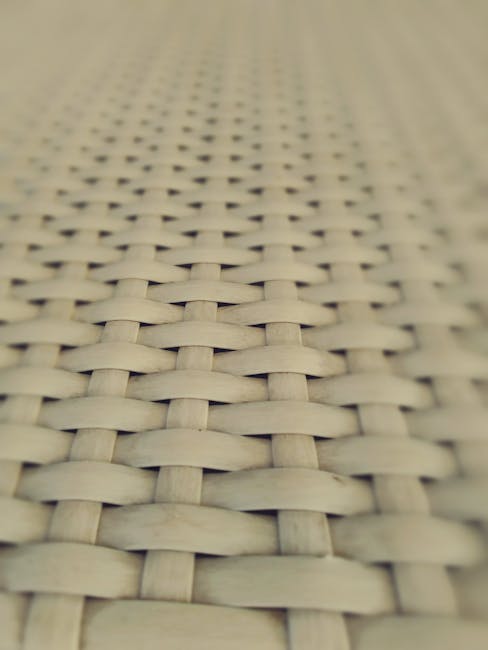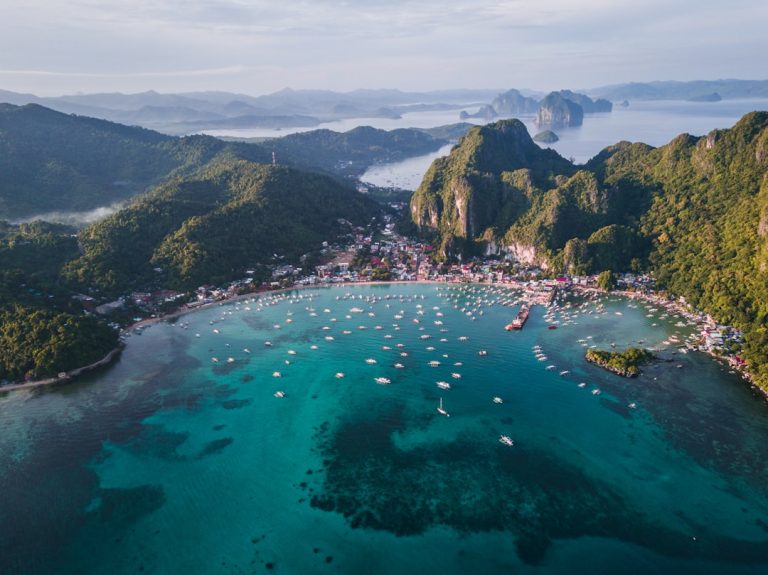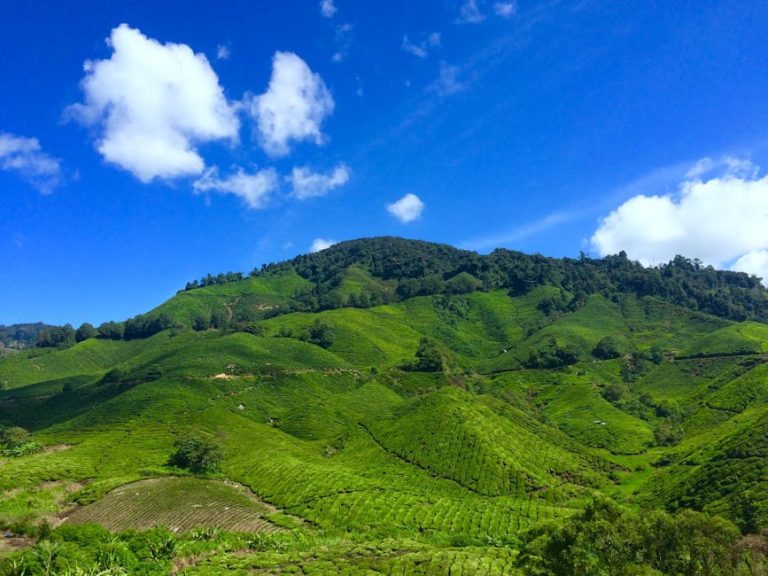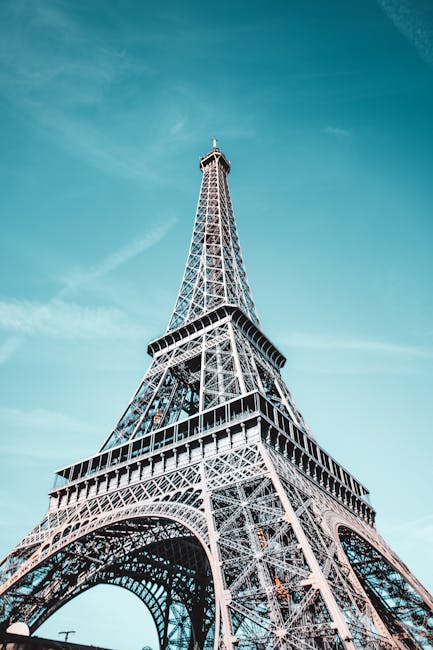Imagine the Philippines – not just beautiful beaches and bustling cities, but a land rich with stories woven into vibrant textiles, carved into intricate sculptures, and echoing in ancient chants. This is the world of Philippine indigenous art and culture, a treasure trove passed down through generations.
As a travel enthusiast with a deep appreciation for diverse cultures, I’ve always been drawn to the unique beauty and profound meaning embedded within indigenous art. It’s more than just decoration; it’s a living record of history, beliefs, and traditions that shape the identities of different communities across the archipelago.

What Makes Philippine Indigenous Art Special?
Philippine indigenous art is incredibly diverse, reflecting the unique environments and histories of different ethnic groups. From the Cordillera region in Northern Luzon to the islands of Mindanao, each community has developed its own distinct artistic expressions.
Several key elements characterize this art: connection to nature, spirituality, and community. Artists often use natural materials like wood, bamboo, clay, and fibers, transforming them into functional and symbolic objects. Motifs frequently draw inspiration from the natural world, featuring animals, plants, and celestial bodies. These symbols aren’t just decorative; they often represent important beliefs, social structures, or historical events.
Indigenous art is rarely created in isolation. It’s often a communal activity, with entire communities participating in the creation of textiles, pottery, or even performing arts. This collaborative process strengthens social bonds and ensures the transmission of cultural knowledge to younger generations.
Examples of Indigenous Art Forms
Let’s explore some specific examples to illustrate the diversity and richness of Philippine indigenous art:
Textile Weaving
Textile weaving is a widespread art form, with each region boasting its unique techniques, materials, and designs. The T’nalak of the T’boli people in South Cotabato, Mindanao, is a sacred cloth made from abaca fibers, intricately tie-dyed and handwoven with designs inspired by dreams. The Binakol of the Ilocano people in Northern Luzon is a geometric weave known for its dizzying optical patterns, believed to ward off evil spirits. These textiles aren’t just beautiful; they’re imbued with spiritual significance and tell stories about the weavers’ lives and beliefs.
Wood Carving
Wood carving is another prominent art form, particularly among the Ifugao people of the Cordillera region. They are renowned for their Bulul, carved wooden figures representing rice guardians. These figures are not merely decorative objects but are treated with reverence and believed to protect the rice harvest and ensure prosperity. Other examples include intricate carvings on doors, posts, and other architectural elements, reflecting the social status and beliefs of the community.
Pottery
Pottery traditions are found throughout the Philippines, with each region utilizing local clay and employing distinct firing techniques. The Manunggul Jar, discovered in Palawan, is a National Cultural Treasure, showcasing the sophisticated artistry and beliefs of early Filipinos. The jar features a boat carrying souls to the afterlife, providing valuable insights into their spiritual practices. Contemporary indigenous potters continue to create functional and decorative pieces, preserving ancestral techniques while incorporating modern influences.
Body Art
Traditional tattooing and other forms of body art hold significant cultural meaning. Among the Kalinga people, tattoos were traditionally earned through acts of bravery and skill, serving as visual markers of status and achievements. The intricate patterns often depict animals, plants, and geometric designs, reflecting the individual’s connection to nature and their community.
Performing Arts
Indigenous music, dance, and storytelling are integral parts of cultural life. These performances often accompany rituals, celebrations, and ceremonies, serving as a means of communication with the spirit world, preserving oral histories, and reinforcing social bonds. The Hudhud chants of the Ifugao, for example, are epic narratives recited during harvest season, transmitting their history and values to future generations.
The Importance of Preservation
Philippine indigenous art and culture face numerous challenges in the modern world. Globalization, commercialization, and the loss of traditional lands and resources threaten the survival of these precious traditions. It’s crucial that we actively support initiatives that promote the preservation and transmission of indigenous knowledge and skills.
Supporting indigenous artists and artisans by purchasing their products directly ensures that they receive fair compensation for their work. Visiting indigenous communities responsibly and respectfully, learning about their culture, and contributing to their economic well-being can also make a significant difference. Education plays a vital role in raising awareness about the importance of indigenous art and culture among younger generations.
Benefits of Appreciating Indigenous Art and Culture
Appreciating Philippine indigenous art and culture offers a multitude of benefits. It allows us to connect with the rich history and heritage of the Filipino people, fostering a deeper understanding of their values, beliefs, and traditions. It promotes cultural diversity and encourages respect for different perspectives. Engaging with indigenous art can also inspire creativity and innovation, providing fresh perspectives on design, sustainability, and community building.
Moreover, supporting indigenous art helps to empower indigenous communities economically, providing them with sustainable livelihoods and preserving their cultural identity. By celebrating and preserving these traditions, we contribute to a more vibrant and inclusive society for all.
Frequently Asked Questions
What are some threats to Philippine indigenous art and culture?
Threats include globalization, commercialization, loss of ancestral lands, lack of economic opportunities for artisans, and a disconnect between younger generations and traditional practices.
How can I support the preservation of indigenous art and culture?
You can support indigenous artists by purchasing their products directly, visiting their communities responsibly, donating to organizations working to preserve indigenous traditions, and educating yourself and others about the importance of cultural preservation.
Where can I learn more about Philippine indigenous art and culture?
You can visit museums like the National Museum of the Philippines, research online through reputable sources, attend cultural events and festivals, and engage with indigenous communities directly (with respect and sensitivity).
Philippine indigenous art and culture is a testament to the resilience, creativity, and spiritual depth of the Filipino people. By appreciating, preserving, and celebrating these traditions, we can ensure that they continue to enrich our lives and inspire future generations.






